Why the tech world is waging war on bezels
It's about more than good looks.
Our screens have always been defined, at least in part, by their frames. Early TVs had tiny 10-inch screens, housed in enormous cases that looked more like furniture than anything you'd recognize as a modern television. But those borders slowly disappeared over time as CRT sets got smaller and flat panels eventually took over. Today, the tech industry is practically waging a war against bezels. The less border around your screens, the better -- every millimeter separating the display and the real world is an affront to good design.
On a basic level, it's easy to see why the industry is moving in this direction. Minimizing bezels allows gadget-makers to cram larger screens into smaller cases. The iPhone 11 Max would have a hard time fitting in a 6.5-inch screen, and still being usable, if it still had the chunky bezels we saw on earlier iPhones. It's clear, after the success of phablets and ever-larger 4K TVs, that consumers generally take a "bigger is better" approach when it comes to display size. But gigantic TVs have existed for decades, so what's the value in shaving off a few more millimeters around the screen?

It starts with the rise of HDTVs. Early televisions convinced people they needed a screen in their homes -- who wouldn't want a window of their own to a whole new world of shows, films and news? The move to high definition introduced an entirely new level of realism and dramatically thinner TVs. Buying a hefty 32-inch CRT or enormous rear projection set meant sacrificing a ton of space in your home -- but it didn't take much to bring a 50-inch LCD into your living room. For the first time, you could even mount your TV on the wall!
"I think the the subtle implication is that, as bezels disappear, as hardware gets thinner, the technology is blending more and more effectively into our day-to-day lives," Khoi Vinh, Adobe's senior director of product design, says in an interview with Engadget. "So, where we're used to having very thick bezels essentially, like a declaration that we have a boundary for this [device] right now. ... The more the bezels disappear, the more the technology becomes indistinguishable from a book on your bookshelf, or a vase on your table ..."
According to Vinh, tech companies are trying to make their devices truly indispensable household objects. Erasing the edges between the screens and the real world is the latest way to show off their technology leadership. It's also more than just a design fad; it actually has an effect on your interaction with the device. As I've tested laptops like HP's Spectre x360 and lived with an LG OLED TV for several years, all of which have incredibly thin bezels, I've found myself feeling more immersed in their screens compared to older and boxier designs.
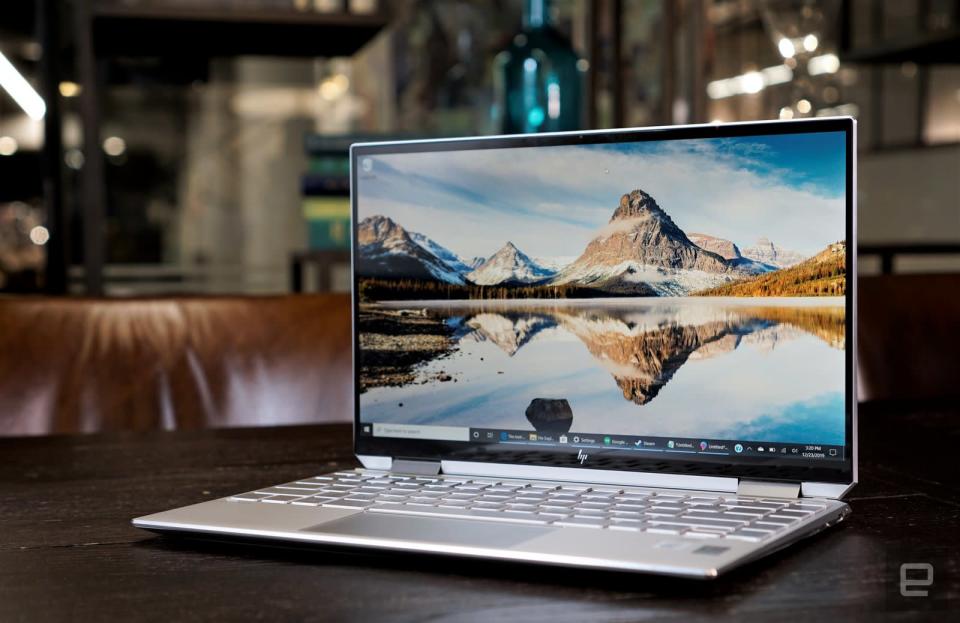
Watching the Planet Earth II 4K Blu-ray feels like the verdant Brazilian rainforests are in my living room; and even merely browsing the web on a modern laptop feels transformative, as if there's nothing separating me from the wealth of knowledge on Wikipedia and the latest Hot Ones episode. Just look at the difference between the 16-inch MacBook Pro and the previous 15-inch model. You don't need to be an expert to tell that thicker bezels can instantly date any gadget.
Once the HDTV era got into full swing and consumers started treating their sets like wall art, display-makers started exploring new ways to slim things down. My first high-definition TV was a 2005-era Philips with several inches worth of ugly plastic bezel. I replaced that with a boxy Samsung plasma set with a slicker 13-millimeter screen border in 2009, and by then companies like Sony were already producing models with slim 4.5-millimeter edges.
But then things started heating up in 2010, when Sharp showed off a 60-inch LED TV with razor-thin 2.4mm bezels, which was quickly bested by Samsung's 1.9mm border. Those were meant more for retail video walls than in-home viewing, but they were the first sign that the future of TVs wasn't just about what you're seeing on screen -- there was plenty of room for innovation outside of it, as well. And the tech industry took notice.
To InfinityEdge and beyond
The early 2010s was a gadget-lover's dream. The iPhone and Android smartphones were quickly reshaping how we thought of computing. But there was plenty of innovation outside of mobile: Laptops were also getting thin and light. Apple's second-generation MacBook Air introduced the sleek unibody aesthetic, and Intel's Ultrabook initiative pushed PC-makers to develop comparably impressive ultraportables, like ASUS's first Zenbooks. Those machines were far lighter and thinner than laptops of yore, but they still had fairly thick bezels around their displays. Then came Dell's new flagship.
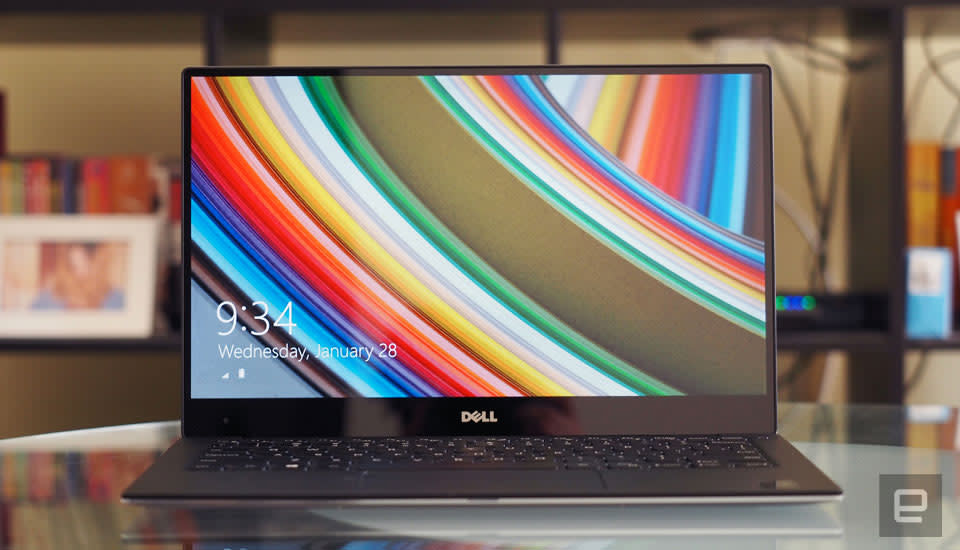
After the company launched the XPS 13 in 2012, its smallest 13-inch notebook ever, it was eager to explore ways to cram a screen of that size in a case meant for 11-inch displays. At the same time, Sharp was looking for a way back into the PC market. According to Dell's Senior Director of XPS, Donnie Oliphant, the two companies ended up working closely to develop the "InfinityEdge" technology in the 2015 XPS 13 (above) -- and laptops were never the same again.
"They [Sharp] basically had all these resources, and they didn't have a set road map," Oliphant told Engadget. "They were coming to see what we could develop together. And so, with our mechanical architects and electrical architects, combined with Sharp's engineering skills and their technology, we basically had this blank canvas to go off and create the first InfinityEdge display."
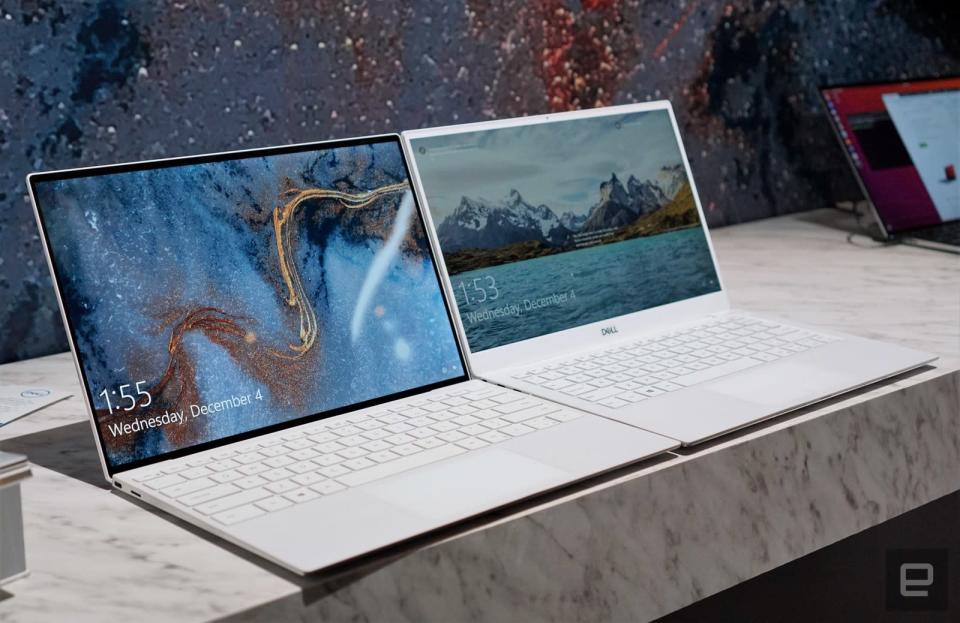
The 2015 XPS 13 was the world's smallest 13-inch notebook at the time, with bezels measuring 5.2 millimeters thick on either side. That's about half the width of the 2012 model's 10.8mm side borders. Dell didn't stop there: Over the past few years, it shaved off even more from the left and right of the display, and eventually moved on to the top and bottom. This year's XPS 13, which takes a few cues from last fall's excellent convertible model, practically erases the lower bezel entirely. It now measures a scant 4.6mm, more than four times slimmer the last model. Saving a bit of space allowed Dell to fit in a slightly taller 16:10 13.4-inch screen, making it a striking upgrade over a laptop we called the "perfect ultraportable."
Justin Lyles, Dell's VP of advanced design, says the big thing Sharp brought to the table was its IGZO (indium gallium zinc oxide) technology. It was a new approach to transparent thin-film display transistors that allowed for significantly better power efficiency, higher resolution and improved pixel density compared to the amorphous silicon typically used in LCD panels. And another bonus: It also allowed the company to build slimmer screens that didn't need huge borders.
The XPS 13 and InfinityEdge changed the PC market forever. Competitors like ASUS, Acer and HP followed up with their own narrow-edge screens, but they came long after Dell's flagship. Nowadays, it's rare to find a mid-range or high-end laptop with a chunky border around the screen. Apple has been one of the notable holdouts for years, but the 16-inch MacBook Pro is a clear sign that it's starting to follow suit.
Bezel-less goes mobile
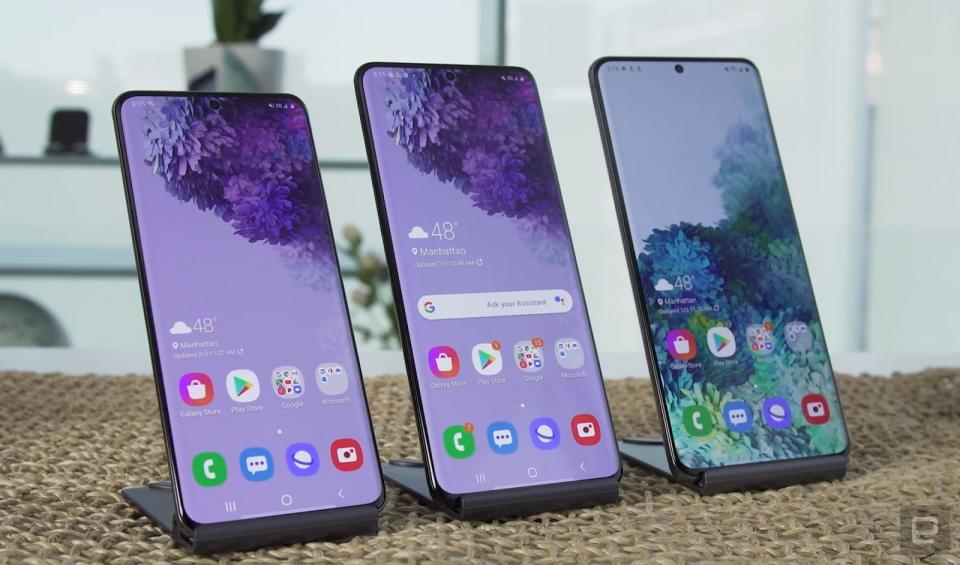
The bezel-free battle has also reached smartphones and, to a lesser extent, tablets in recent years. Sharp, once again, was a pioneer with its Aquos Crystal in 2014. That device was quickly forgotten, but it was a glimpse at where the mobile industry was headed: phones with an uninterrupted slab of glass on the front and no borders getting in the way. In 2015 we got Samsung's Galaxy S6 and S6 Edge, and in the following year Xiaomi blew everyone away with the Mi MIX. After that, the race was on to see who could craft the sleekest, edgeless device. But as we learned with the Essential Phone, looks aren't everything.
The edgeless design challenge is simply more complex for phones and tablets. They're devices you're meant to hold, so it's tough to grip them effectively without mis-registering inputs. As Ross Rubin, principal analyst at Reticle Research, explains, we also have to live with notches, punch-hole cameras and other screen disruptions to achieve true edge-to-edge screens.
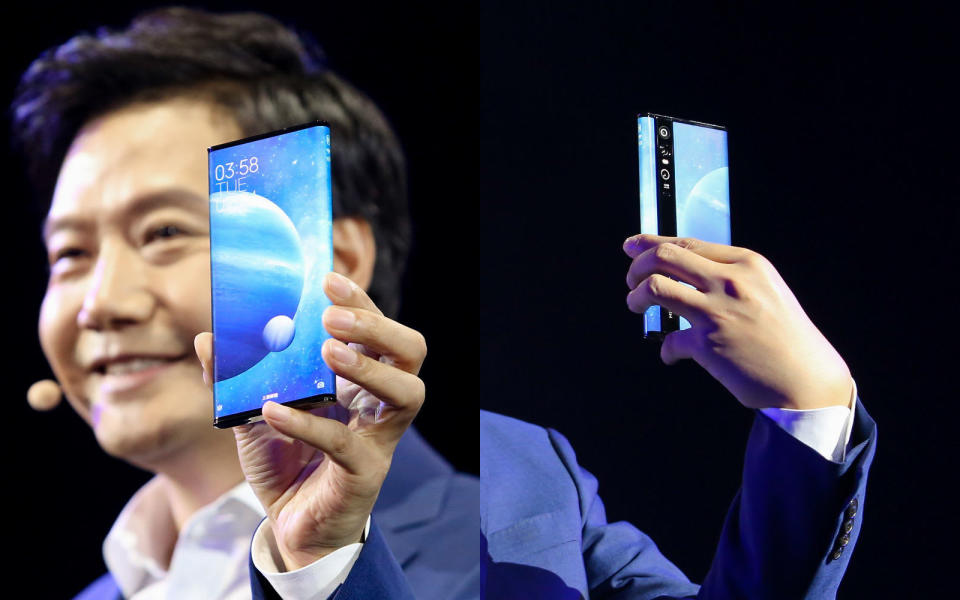
"In-screen fingerprint readers have not proven as effective as Touch ID-style ones although Qualcomm, for instance, is looking at bigger ultrasonic sensor areas that may close that gap," Rubin notes. "We can also consider extensions of the Mi Mix Alpha direction [above] As screens begin to wrap around the phone, it poses challenges for button placement. Here, too, we're seeing companies like Sensel and Sentons trying to build sensors into areas of the device to make up for the resulting scant real estate."
Our devotion to displays is the entire driving force behind folding phones and dual-screen devices. We've reached the point where merely erasing bezels isn't enough, we also want to twist and bend screens to our liking.
A border-less future
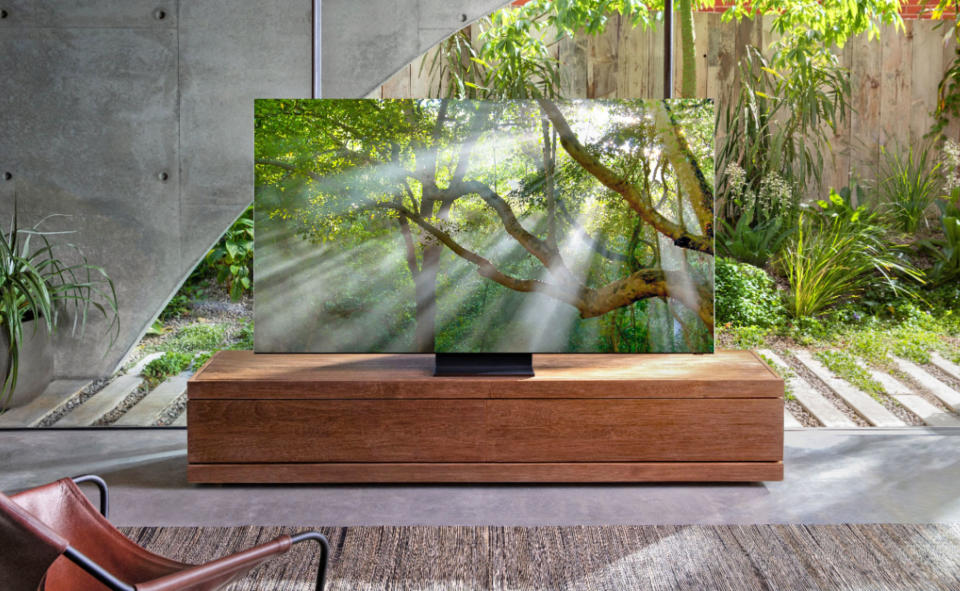
It's not hard to see why we're moving toward bezel-less screens today. Display technology is much more flexible and efficient than ever before. And consumers are undoubtedly hungry for the sorts of screens they've seen in science fiction. In the past decade, our smartphones have practically become extensions of our bodies, driven by ubiquitous broadband-level cellular connections.
We're chained to computers in our schools and offices. The dreams of the smart home are finally coming true, thanks to the arrival of connected voice-controlled speakers that can effortlessly do our bidding. As I said, our screens are defined by their borders. So as the figurative walls between our lives and our tech have disappeared, it only makes sense that the physical ones would too.



